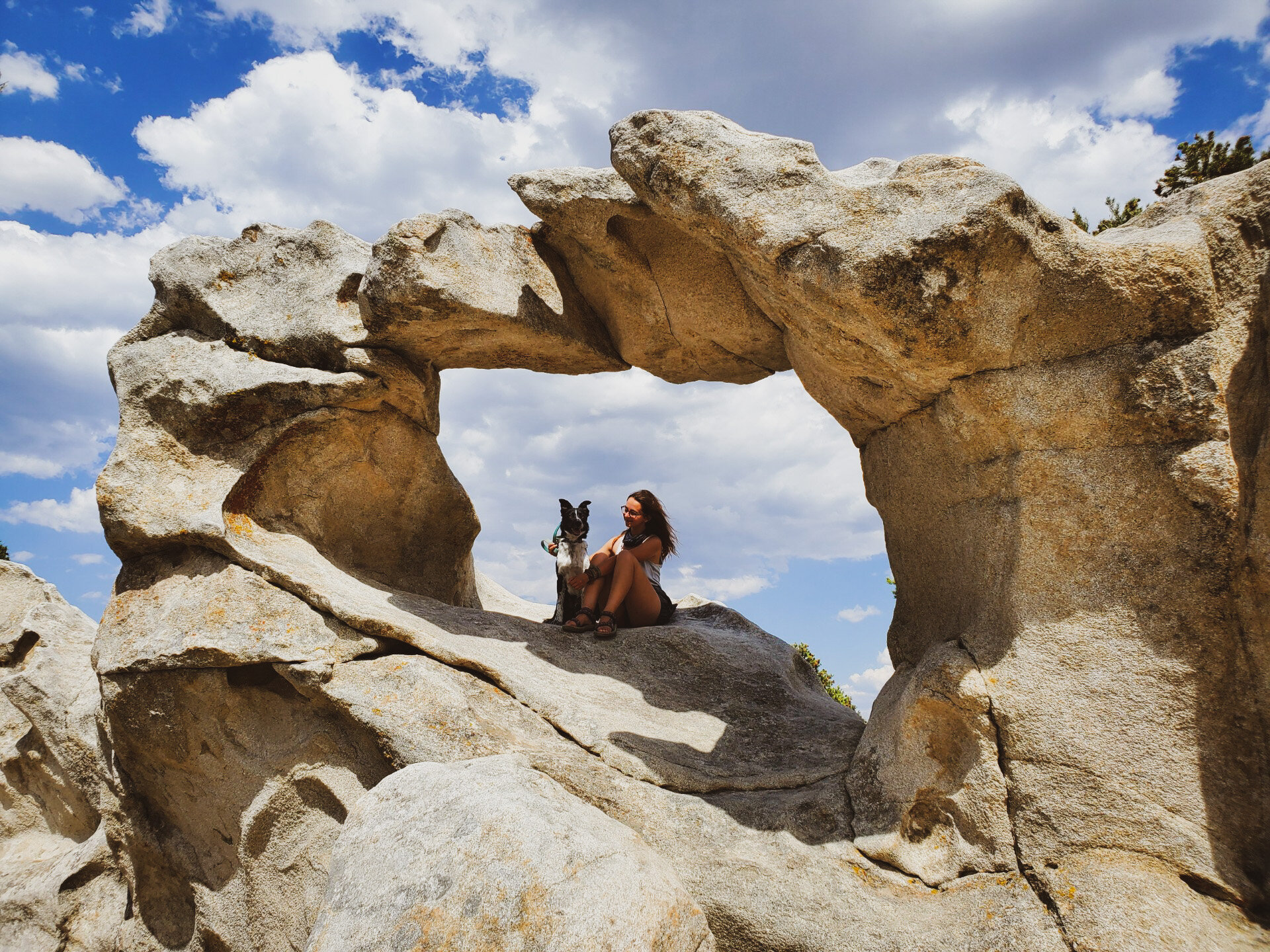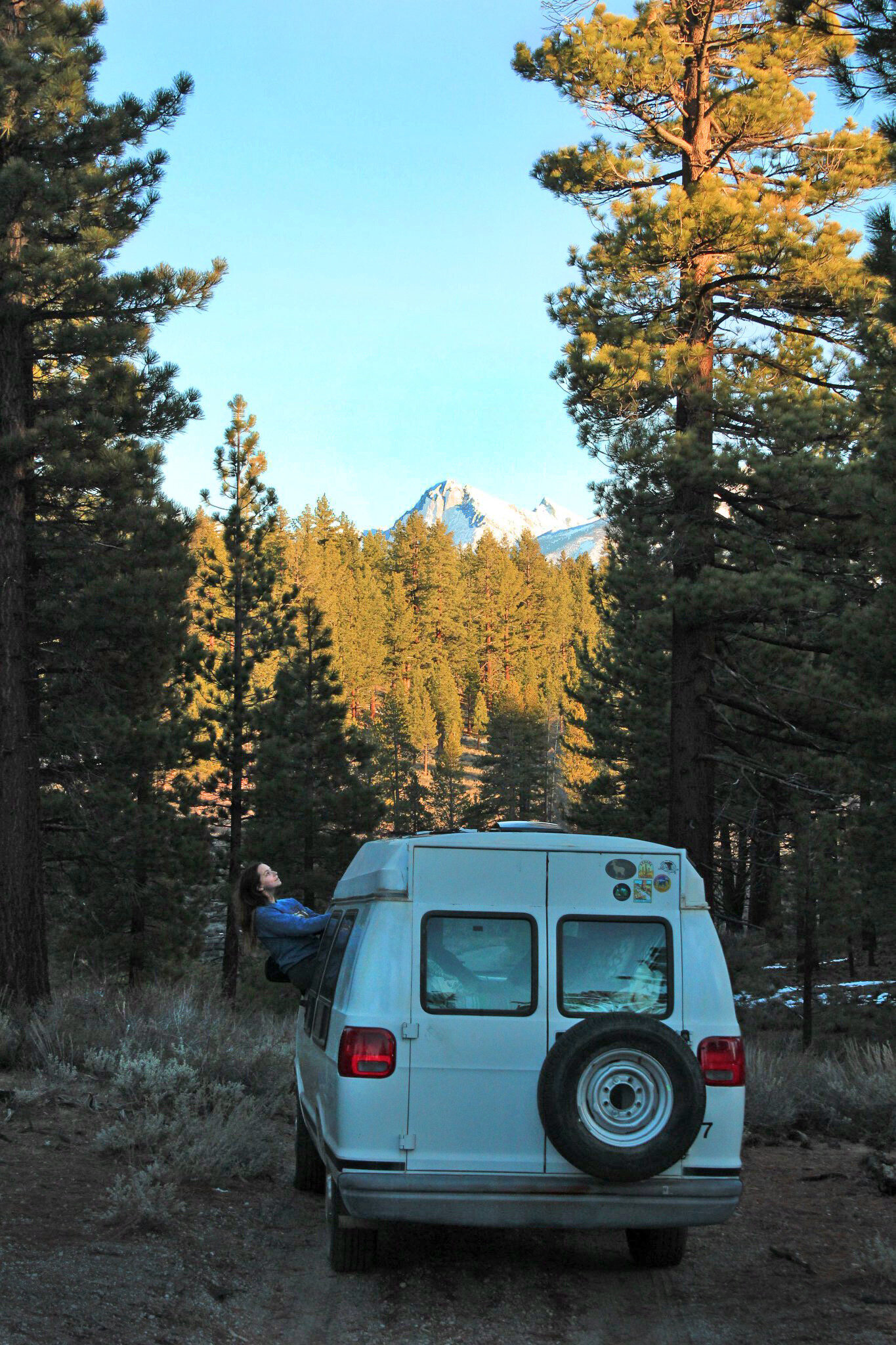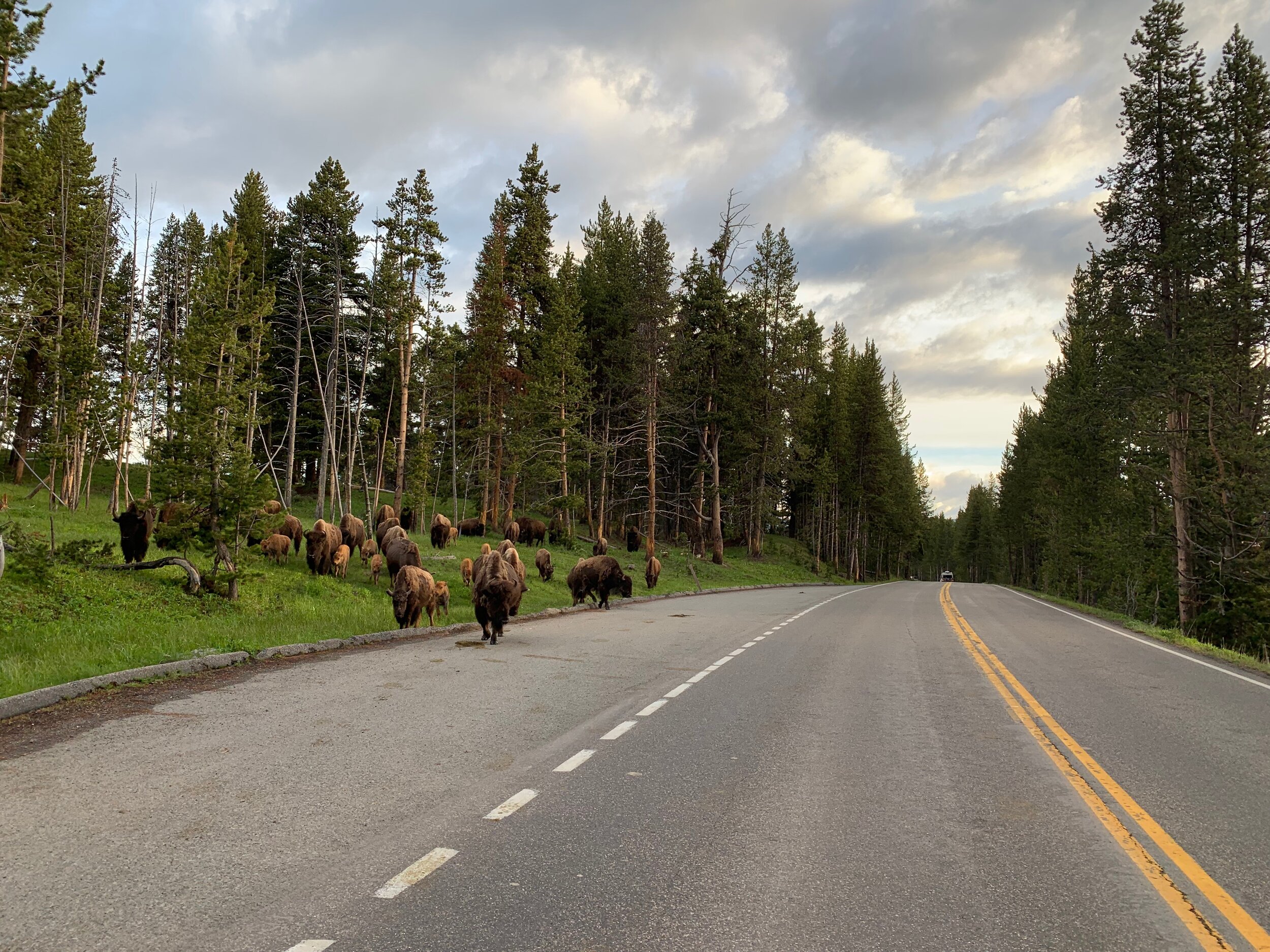With vanlife growing exponentially, there are countless amounts of people hitting the road for the first time. In my time scanning the internet, I’ve noticed a lot of these people are solo, and that a lot of these solo travelers are women. Traveling full or part time is becoming more popular, and with that, comes a beautiful new community of road dwellers. But what also comes with that, is learning to adapt to your new life on the road. You’ve created the life you’ve imagined, so how can you truly live it?
These are my best tips for new solo travelers hitting the road for the first time.
Badlands National Park, SD
Wake Up For Sunrise…
…At least once a month. When I first hit the road solo back in the summer of 2019, I woke up for sunrise almost everyday. The above picture is one of my favorite sunrises from that 3 month trip, in Badlands National Park, SD. Now that I’ve been on the road full time for almost 2 years, sunrises are more rare, but they’re always magical. Choose one day a month to truly cease your day, and wake up for sunrise, so you can make the most of the daylight you have, especially in the winter. Plus, there’s a special magic in experiencing a sunrise that’s all yours.
Sunrise in Mount Rainier National Park, WA
Follow Your Gut…
… And never doubt yourself. When you travel solo, especially if you’re a woman, your intuition will become a superpower. So many women ask how I stayed safe on the road as a solo female traveler, but my truth is, I listened to my intuition. I left places that felt sketchy to me, I avoided people that gave me weird vibes, and it kept me safe the entire time. If you pull up to a campsite and feel weird about it, save yourself the trouble, listen to that gut feeling, and find somewhere safe to sleep.
Don’t Post Your Location…
…Until after you’ve already left. This is my NUMBER ONE safety tip for solo travelers, especially those who identify as women. No matter what your social media following is, do not post your location on social media (even in Facebook groups, and especially in Facebook groups that are CoEd), until after you’ve left that location. I’ve found that posting a general location is okay (EX: California, Big Bend National Park, The Mountains, The PNW), but don’t post specific locations until you’re far away (EX: Quartzsite AZ, Big Baldy Trailhead, Half Dome, Camp 4). That way people can’t find you, and you remain safe where you are.
Indiana Dunes National Park, IN
Do Meet People and Make Friends…
…And maybe even caravan with a few of them. Even though you want to keep your location secret, some of my best friends are people I’ve met on the road while traveling solo. Just combine tips 2 and 3: use your gut, and keep your location a secret (as in, maybe don’t share your campsite until you’ve gotten to know your new friend a bit). You’ll eventually have a group of people you’ve met all over the world, and a ton of travel buddies who love the same life you do.
Solo travel can 100% change your life. Just make sure you’re being smart about it so that you can enjoy this life you’ve created in a safer way.





































































